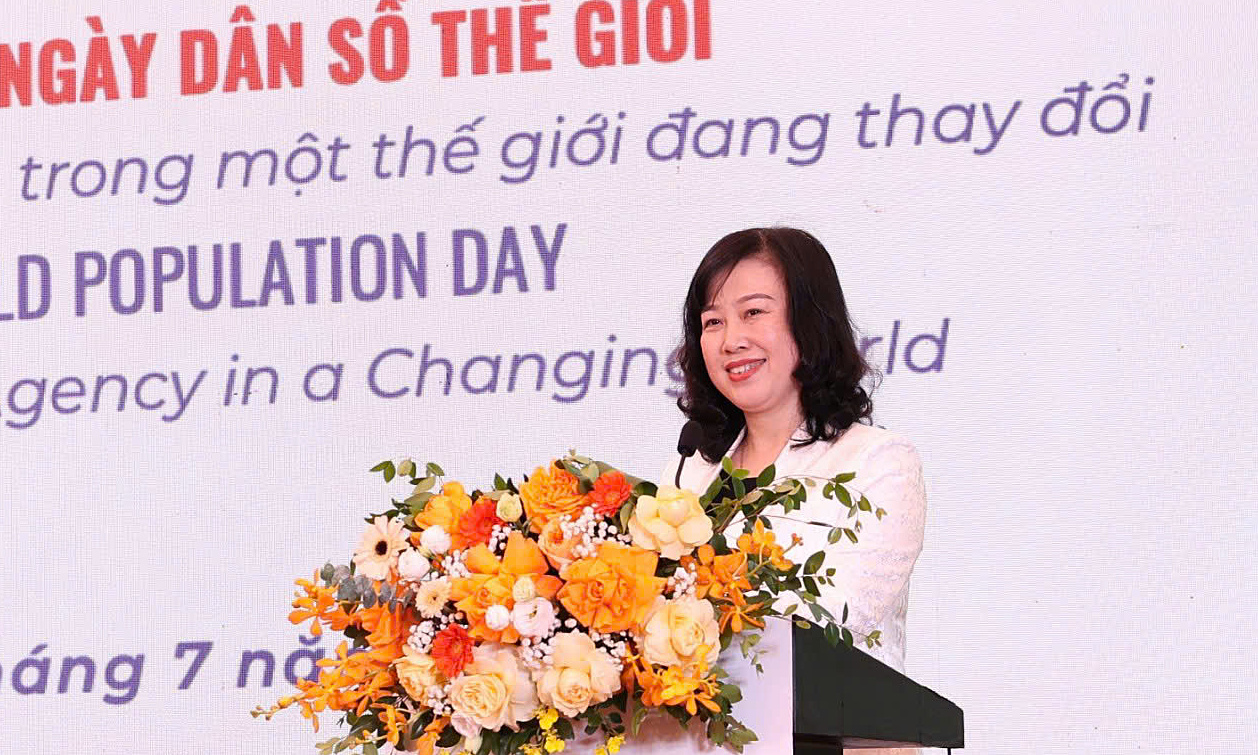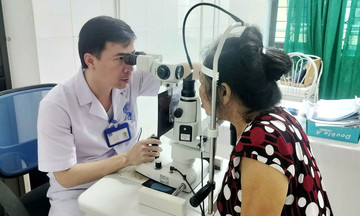Health Minister Dao Hong Lan made the statement at a ceremony to mark World Population Day on 11/7, adding that these challenges affect the country's sustainable development.
Lan said the total fertility rate has fallen to its lowest level in history and is expected to decline further in the coming years. Citing the results of a population change survey in 4/2024, Lan pointed out that the total fertility rate decreased from 2.01 children per woman in 2022 to 1.96 in 2023 and 1.91 in 2024. This is the lowest rate in Vietnam's demographic history.
Along with the low birth rate, the population is aging rapidly. In 2024, the average life expectancy of Vietnamese people reached 74.7 years, higher than many countries with the same income level. However, the number of healthy life years is only about 65, indicating that Vietnamese people live more than 10 years with illnesses.
In addition, the physical stature, fitness, and quality of life of people in remote areas and ethnic minority communities remain limited. Teenage pregnancy and childbirth continue, especially early marriage and consanguineous marriage in the Central Highlands and northern mountainous regions.
Despite being controlled, the gender imbalance at birth remains severe. Specifically, the ratio was 110.5 boys per 100 girls in 2009, increased to 111.5 boys per 100 girls in 2019, and is currently at 111.4 boys per 100 girls in 2024.
This imbalance negatively impacts the future population structure, leading to a surplus of males. The General Statistics Office predicts that if the gender imbalance at birth remains high, Vietnam will have a surplus of 1.5 million males aged 15 to 49 in 2034, and this number could reach 1.8 million by 2059.
Regarding the Human Development Index (HDI), Vietnam is currently in the low group compared to other countries globally, ranking 93rd out of 193 countries and territories.
 |
Health Minister Dao Hong Lan speaks at the event. Photo: BTC
In this context, the Ministry of Health is focusing on drafting the Population Law and the Target Program for Healthcare, Population, and Development for the period 2026-2035.
In the draft Population Law, the Ministry of Health proposes several key priorities to encourage childbirth, reduce the gender imbalance at birth, and adapt to the aging population: increasing maternity leave, providing cash or gifts for childbirth. Expectant mothers receive support for prenatal and newborn screening to ensure healthy births. In particular, these families are prioritized for access to social housing and other support depending on the socio-economic development of each period.
A special highlight is the proposed financial incentives and support in cash or in kind for families with two daughters. At the same time, specific measures will be implemented to minimize gender imbalance at birth, applied flexibly to each locality and nationwide.
In addition, the Ministry of Health is building and developing facilities to support and care for the elderly, and training more human resources specializing in elderly care. For example, there will be scholarships and tuition support for students studying geriatrics at public medical schools.
The draft Population Law will be appraised by the Ministry of Justice today and is expected to be submitted to the Government for submission to the National Assembly for comment and approval at the 10th session (10/2025).
Le Nga












